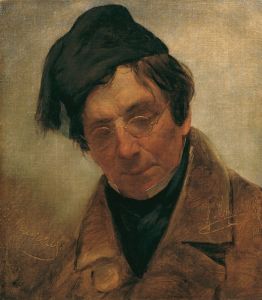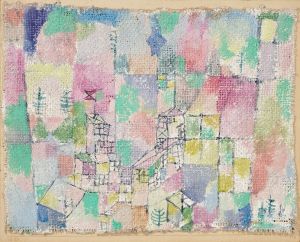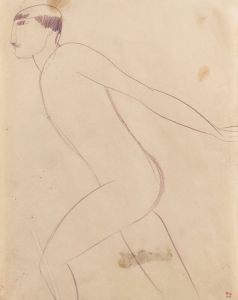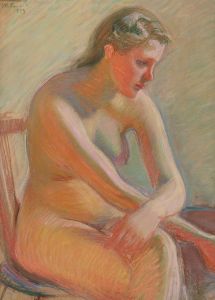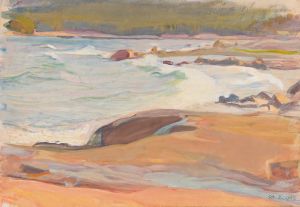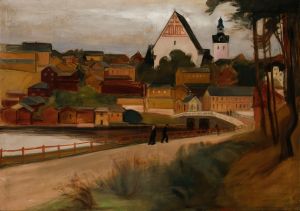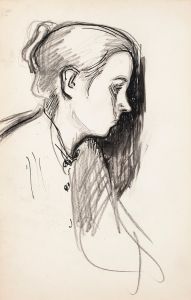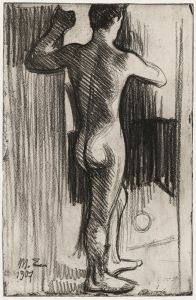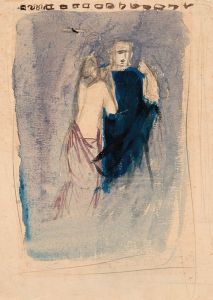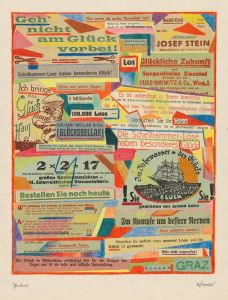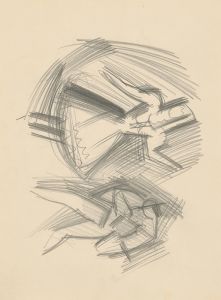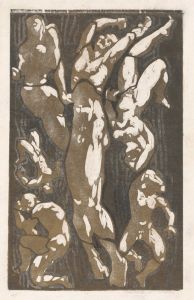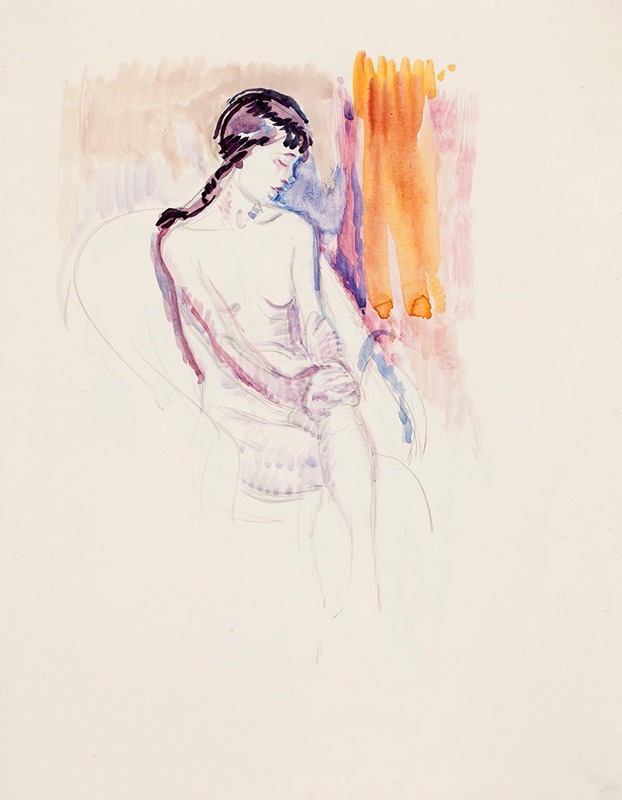
Istuva malli, luonnos
A hand-painted replica of Magnus Enckell’s masterpiece Istuva malli, luonnos, meticulously crafted by professional artists to capture the true essence of the original. Each piece is created with museum-quality canvas and rare mineral pigments, carefully painted by experienced artists with delicate brushstrokes and rich, layered colors to perfectly recreate the texture of the original artwork. Unlike machine-printed reproductions, this hand-painted version brings the painting to life, infused with the artist’s emotions and skill in every stroke. Whether for personal collection or home decoration, it instantly elevates the artistic atmosphere of any space.
Magnus Enckell was a Finnish symbolist painter, born on November 9, 1870, in Hamina, Finland. He is known for his significant contributions to Finnish art, particularly during the turn of the 20th century. Enckell's work is characterized by its exploration of symbolism, a movement that sought to express the metaphysical truths through symbolic imagery and themes.
One of Enckell's notable works is "Istuva malli, luonnos," which translates to "Seated Model, Sketch" in English. This piece is a sketch, which suggests that it was likely a preparatory work or study for a more finished painting. Enckell often used sketches to explore composition, form, and the play of light and shadow, which were crucial elements in his artistic process.
Enckell's art is often associated with the broader European Symbolist movement, which emerged in the late 19th century as a reaction against the naturalism and realism that dominated the art world at the time. Symbolism sought to convey deeper meanings and emotions through the use of symbolic imagery, often drawing on themes of mythology, dreams, and the human psyche. Enckell's work fits within this context, as he frequently explored themes of introspection, spirituality, and the human form.
"Istuva malli, luonnos" likely reflects Enckell's interest in the human figure, a subject he returned to repeatedly throughout his career. His depictions of the human body often convey a sense of tranquility and introspection, capturing the subtle nuances of posture and expression. Enckell's use of light and shadow in his sketches and paintings adds a layer of depth and emotion, inviting viewers to contemplate the inner world of his subjects.
Enckell studied at the Finnish Art Society's Drawing School in Helsinki and later continued his education in Paris, where he was exposed to the works of other Symbolist artists. This exposure influenced his style, leading him to incorporate elements of French Symbolism into his own work. Enckell's time in Paris also allowed him to experiment with different techniques and approaches, which is evident in the diversity of his sketches and paintings.
Throughout his career, Enckell was a prominent figure in the Finnish art scene. He was a member of the Septem group, a collective of Finnish artists who sought to promote modern art in Finland. Enckell's work was instrumental in introducing new artistic ideas and movements to Finnish audiences, helping to shape the development of modern art in the country.
In addition to his sketches and paintings, Enckell also worked on larger projects, including murals and altarpieces for churches. His ability to convey complex emotions and ideas through his art made him a respected and influential figure in Finnish art history.
"Istuva malli, luonnos" is a testament to Enckell's skill as a draftsman and his ability to capture the essence of his subjects with minimal lines and shading. While it is a sketch, it embodies the qualities that define Enckell's work: a focus on the human form, an exploration of light and shadow, and a deep sense of introspection.
Magnus Enckell passed away on November 27, 1925, in Stockholm, Sweden, but his legacy continues to influence artists and art enthusiasts in Finland and beyond. His contributions to the Symbolist movement and his role in the development of Finnish modern art remain significant, and works like "Istuva malli, luonnos" offer insight into his artistic vision and process.





